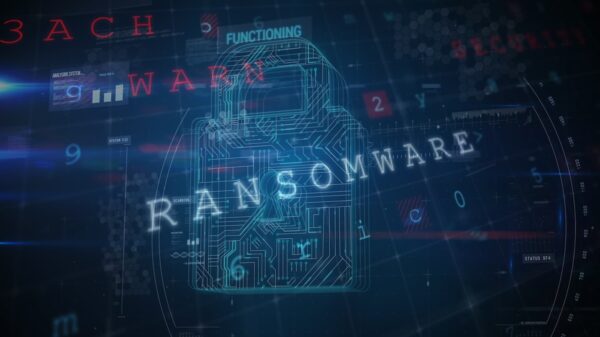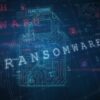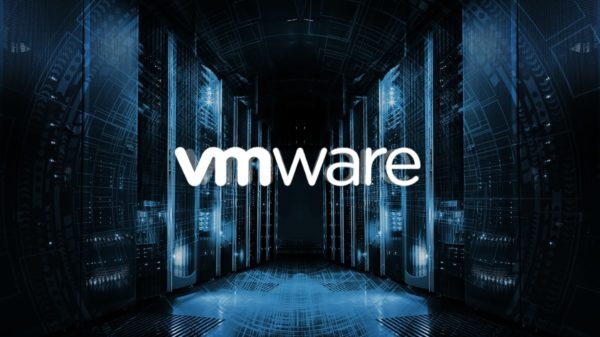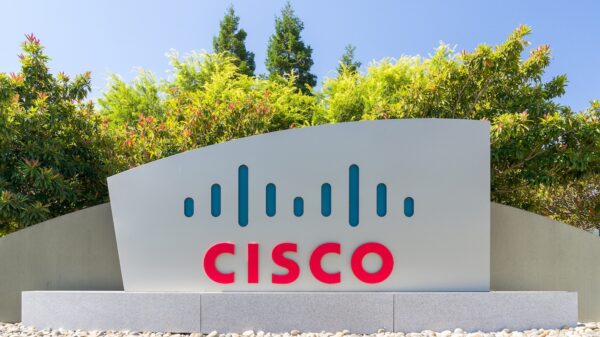A recently observed cyber-espionage campaign targeting South Korea, the United States and Canada is reusing malicious code previously associated with state-sponsored Chinese group APT1, McAfee reports.
Exposed in a Mandiant report in 2013 and also known as Comment Crew, APT1 was thought to be a unit of China’s People’s Liberation Army (PLA) and was considered both one of the most persistent of China’s cyber threat actors and highly prolific in terms of the quantity of information it had stolen.
The newly observed campaign is unlikely the work of APT1, which has remained silent ever since the Mandiant report half a decade ago. Previously, the group had launched cyber-attacks on more than 141 U.S. companies from 2006 to 2010.
Dubbed Oceansalt, the malware implant used in the new campaign shows code similarities with a tool employed by APT1, namely Seasalt. This means that the actor behind the new operation had direct access to Comment Crew’s source code, although it was never made public.
McAfee’s report (PDF) on Oceansalt doesn’t provide a clear answer on who is behind these attacks, but notes that the code overlap could suggest that another group had access to the original code, or that it is a case of code-sharing between actors. Of course, it could also be a “false flag” operation.
McAfee’s security researchers discovered that Oceansalt was launched in five attack waves adapted to the targets.
While the first two attacks were spearfishing-based and used malicious Korean-language Microsoft Excel documents to download the implant, the third switched to Microsoft Word documents instead. Waves four and five targeted a small number of entities outside of South Korea, including the U.S. and Canada.
During the attacks, the hackers used multiple command and control (C&C) servers, showing that the campaign is active in countries such as Canada, Costa Rica, the United States, and the Philippines.
Oceansalt and Seasalt, McAfee notes, not only contain two exact same strings (Upfileer and Upfileok), but also show similarities in command handler and index table, and execute their capabilities in the same way. Furthermore, both use the exact same response codes to indicate the success or failure of command execution.
Both implants use the same codes for drive and file reconnaissance, and for the creation of reverse-shells (which are based on cmd.exe). Unlike Seasalt, however, Oceansalt uses an encoding and decoding mechanism, and a hardcoded control server address, but employs no persistence method.
According to McAfee, evidence that suggests code-sharing between Oceansalt authors and Comment Crew include the different mechanism for getting the C&C IP addresses, as well as the lack of reverse-shell capability in some Oceansalt samples, the presence of debug strings in Oceansalt, and the presence of new functions in one Oceansalt variant.
The implant, the researchers reveal, packs a broad range of capabilities to capture data from the victims’ machines, but it is only a first-stage component, with additional stages downloaded through commands. The malware, however, provides operators with the ability to perform various actions on the system.
Oceansalt includes support for a dozen commands: extract drive information, send information about a specific file, execute a command line using WinExec(), delete file, create file, get information on the running processes, terminate process, create/operate/terminate reverse shell, and test receive and send capabilities.
“Our research shows that Comment Crew’s malware in part lives on in different forms employed by another advanced persistent threat group operating primarily against South Korea. This research represents how threat actors including nation-states might collaborate on their campaigns,” McAfee concludes.
Related: Researchers Say Code Reuse Links North Korea’s Malware
















